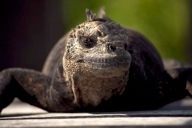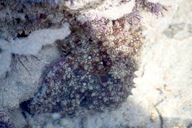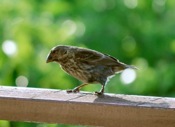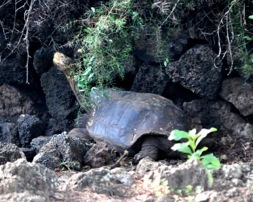My Research


Andean mountain range from WildSumaco Biological Station. Paul Zwiers
Student Involvement
I highly encourage any students who are interested in working with me on my projects, or who would like to develop their own research projects, to contact me. I am be happy to discuss research opportunities with you! Student projects could occur on or around campus during the school year collecting samples from the field or analyzing these samples in the lab, or in Ecuador collecting samples and recording behaviors during the summer. My current research in Ecuador is located at the WildSumaco Biological Station. There is also the possibility that a student research exchange program could develop with UNC Wilmington and Catolica University in Quito, resulting in students being able to also work at the Yasuni Research Station in the Amazon.
Research Interests
I am fascinated by what I see around me. I like to understand why one species looks like or does this, while another species looks or does something different. I am interested in how natural selection pressures (such as diseases) may influence the evolution of a trait, such as the immune system, within a host species. I am also interested in how sexual selection (i.e. mate choice) influences the evolution of traits. In some instances, natural and sexual selection affect the same trait. Take for instance the immune system. You would expect that host’s immune systems evolve to best protect the host. You might also hypothesize that females would choose males with a “good” immune system, so those genes are passed to her offspring. Testing these hypotheses in wild systems is of great interest to me, and can help explain how the evolution of disease, immunity, and mate choice are intertwined.
Current Research Projects
One of my current research projects is describing the disease ecology of birds in Ecuador, specifically around Sumaco volcano. Sumaco volcano is isolated from the main Andean range, so it is possible that some species (birds and their diseases) evolved on Sumaco with little or no contact with other higher-elevation species that exist in the Andes. Also, the WildSumaco Biological Station is between the peak of the volcano and the Amazon basin, providing opportunities to understand how bird species and their diseases change with elevation.
Also, many species of birds migrate between South and North America. Little is known about which bird diseases are able to be transmitted with these migrants, but in the face of emerging infectious diseases (like H1N1) it would be important to understand the transmission dynamics of bird diseases between the two continents, as well as transmission to non-migrating species.
Another projects aims to describe the lekking behaviors of white-crowned manakins. Males in this species of bird perform elaborate dances to entice females. Alpha and beta males dance together, but only the alpha male will copulate with the female. It is possible that differences in dancing displays among species may lead to reproductive isolation. It is also possible that female preference for certainly dance characteristics may change in the face of diseases that challenge the population.
I have also researched the disease ecology in endemic Galapagos birds, and have studied the evolution of ultraviolet signals and perception in bowerbirds and other Passeriformes, and exaggerated male traits and immunity in response to sexual selection pressures in the bowerbirds.
Selected publications:
Zwiers P., Borgia G., Fleischer R. 2008. Plumage based classification of the Bowerbird genus Sericulus evaluated using a multi-gene, multi-genome analysis. Molecular Phylogenetic and Evolution. 12, 923-931.
Borgia G., Coyle B., Zwiers P. 2007. Evolution of Colorful Display. Evolution 61, 708-712.
Coyle B., Zwiers P., Fleischer R., Borgia G. in review. Does learning of display traits influence frequent hybridization between two species of bowerbirds with distinctive sexual display? Ecology and Evolution.
Zwiers P., Valkiūnas G., Wiedenfeld D., Jimenez-Uzcategui, G., Deem, S., Hartman D., Sari E., Higashiguchi, J., Parker P. submitted. Avian Plasmodium parasite genetic diversity and transmission in endemic Galapagos. PLoS Pathogens.
Zwiers P., Borgia G., Fleischer R. submitted. Bowerbird phylogenetics: the importance of a single branch. Systematic Biology.
Zwiers P., Fleischer R., Borgia G. submitted. Evolution of the SWS1 opsin gene in the Bowerbirds. Evolution.
Zwiers P., Borgia G., Fleischer R. submitted. Coordinated conformational changes in the passeriform SWS1 opsin gene and potential constraints on avian UV vision. Molecular Biology and Evolution.




Animals from Galapagos (starting at top then clockwise): marine iguana, lava heron, medium ground finch, Lonesome George, octopus in tide pool, flamingo.
Paul Zwiers

